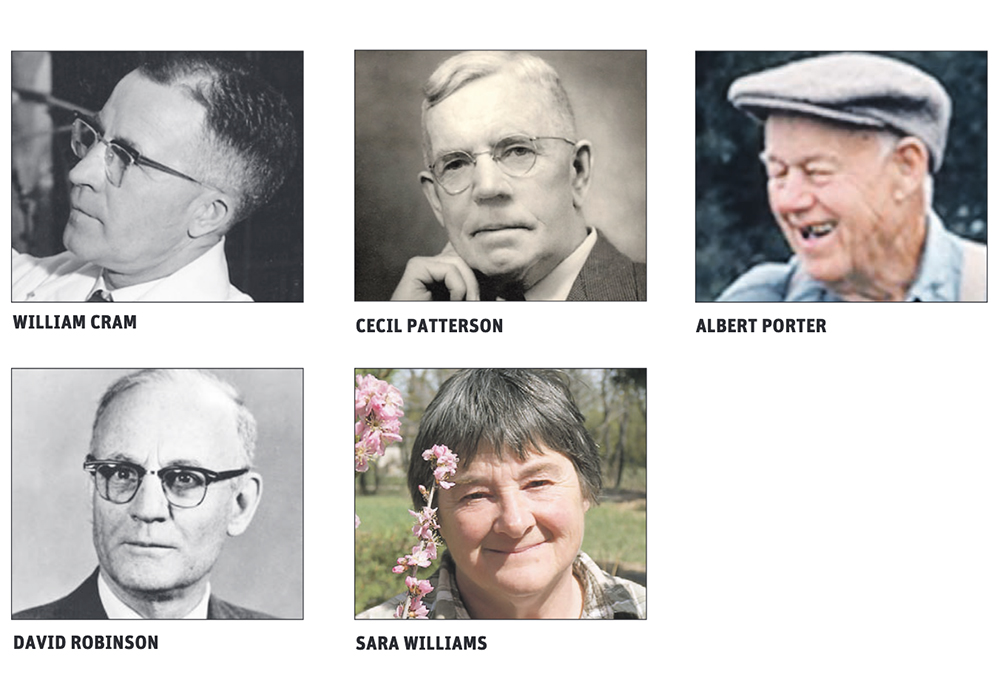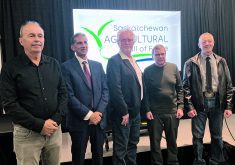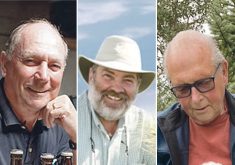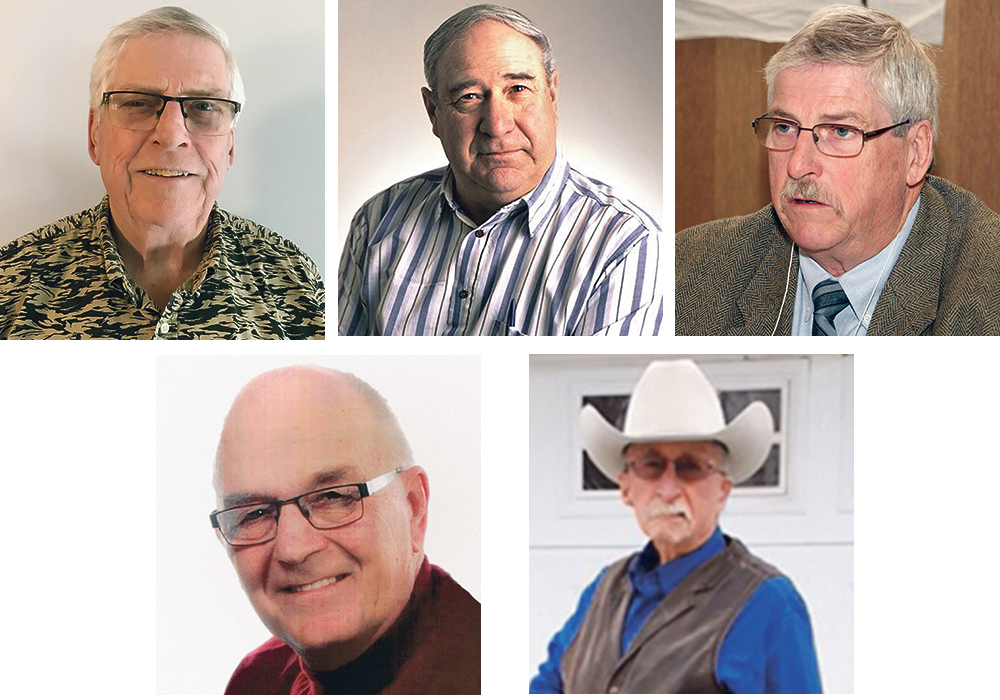“The glory of gardening: hands in the dirt, head in the sun, heart with nature. To nurture a garden is to feed not just the body, but the soul” — Alfred Austin, 19th Century writer and poet.
Horticulturists have helped people sustain and enrich their lives. The Saskatchewan Agricultural Hall of Fame has, throughout its history, recognized and celebrated these inductees:
For Sara Williams (2013) all it took was one class in applied botany and she fell in love.
She went on to earn a degree in English and history. After having her first real garden while working as a volunteer teacher in Tanzania, she moved to Canada and obtained her horticulture degrees at the University of Saskatchewan.
Read Also
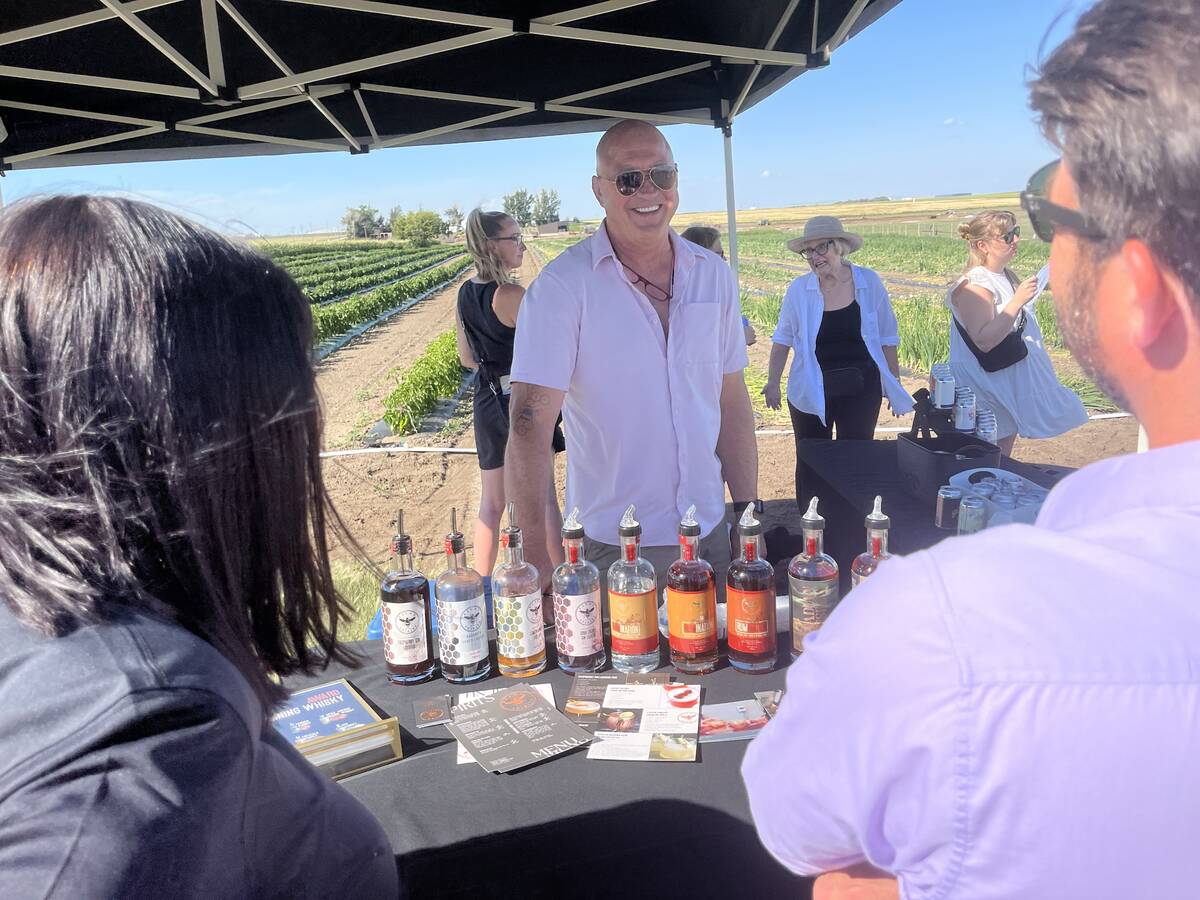
From farmer to award-winning distiller
Pivot Spirits showcases transition from farmer to distiller with provincial award-winning results in Alberta for Lars Hirch
Since 1980, Williams has achieved her goal of self-sufficiency in food production from a plant perspective. She annually fills three large freezers with fruits and vegetables, and her pantry with canned tomatoes, pickles, jams and jellies.
Williams said her motivation stems from both the process — the quiet solitude of growing plants — and the end product. Her acreage, once bromegrass pasture is now forest, garden and perennials.
“Not much has changed since my induction to the Saskatchewan Agricultural Hall of Fame except that I’m a lot older,” said Williams.
“I certainly don’t get as much done in a day as I did 30 years ago, but still gain the same sense of peace and satisfaction.”
She remains involved in extension in terms of writing (articles and books) and giving classes for the University’s Gardening at Usask as well as other horticultural organizations.
Williams says the social isolation engendered by COVID-19 has sparked a surge of interest in horticulture and gardening. She ponders if food shortages of a year ago was a motivating factor in more home food production, or if it was caused by the fact that people are working from home or spending more time at home due to restrictions of social activities.
William’s advice to gardeners is to read as much as they can about local conditions, methods and hardy plants. Take a class or visit the Gardening at Usask website and above all “enjoy the process as well as the end product”.
Saskatchewan’s horticultural history is rich, as evidenced by these past Agricultural Hall of Fame Inductees.
Albert Porter (1987) was recognized for his work developing prairie fruit and lily varieties, even though he had no formal training.
His plant breeding objectives were hardiness, quality and productivity.
Honeywood Nursery and Honeywood Lilies operated for 65 years. Porter’s favourite lilies were Earlibird, Happy Thoughts and Flaming Giant.
Cecil Patterson (1973) headed the University of Saskatchewan’s horticulture department for 39 years. During his tenure, more than 30 varieties of apples, pears, plums, raspberries, strawberries, potatoes and squash were introduced.
His decades of work with lilies produced flowers that are still grown and enjoyed around the world. He also introduced geraniums and gladioli.
David Robinson (1979), U of S horticultural extension specialist, encouraged the beautification of prairie farmsteads. He promoted hardy tree fruits and assisted in the establishment of eight test orchards across the province. Robinson supervised and helped organize horticultural societies throughout Sask-atchewan.
William Cram (1997) supervised the distribution of millions of shelter-belt trees which protected the homes, gardens, orchards and fields of farmers. His extensive work with the sturdy caragana earned him the nickname Caragana Bill.
While superintendent of the Indian Head Forest Nursery Station Cram encouraged mechanization of the nursery operation enabling them to meet the high demand for trees across Western Canada. Even after his retirement, he remained active in his community fulfilling his philosophy, “you reap what you sow.”

